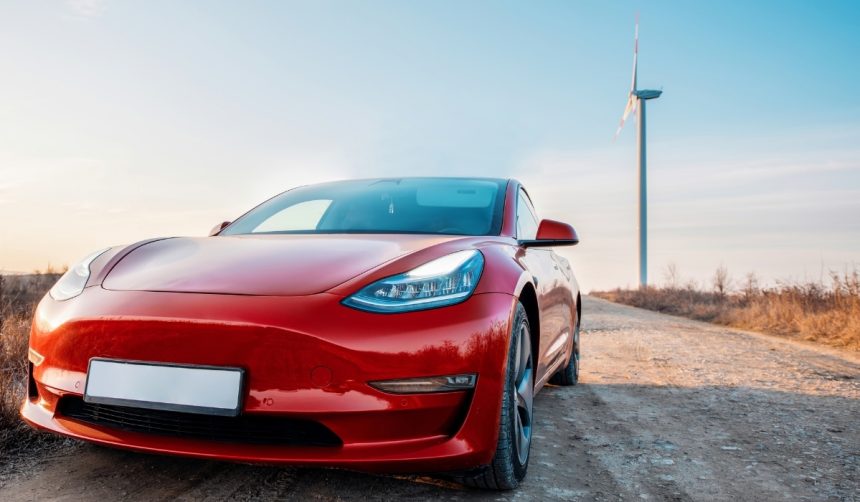Tesla’s expansion of its Robotaxi ride-hailing platform has brought policy updates aimed at improving operational flow as more users access the service. With the recent rollout to iOS users and ongoing entry into additional cities, Tesla addressed new challenges intrinsic to scaling up a driverless transportation network. This marks another step for the company as it adapts its Tesla Robotaxi program to the evolving dynamics of urban mobility. As driverless ride-hailing becomes more commonplace, specific rules and charges have started to mirror those of traditional rideshare apps, signaling Tesla’s focus on long-term sustainability of the system.
Tesla has made several updates to its Robotaxi platform since its debut, but this is the first time that a cleaning fee has been included, unlike earlier versions where no such penalties existed for riders. Other ride-hailing companies, such as Uber and Lyft, have had cleaning fees implemented for years, responding to the realities of managing a large fleet and ensuring vehicles remain in acceptable condition. Tesla’s approach brings its operation in line with these established industry practices, where rider accountability is increasingly emphasized as the service grows. The landscape of passenger expectations has also shifted, with users now more aware of the potential for fees tied to conduct or maintenance issues while using shared vehicles.
How Does the New Cleaning Fee Work?
Tesla’s update introduces cleaning fees applied only when extra cleaning is necessary after a ride, as notified by the app message. The amount charged will correspond to the level of cleaning required, with minor spills incurring a lower fee than more severe messes. Tesla communicated through the updated app interface that,
“Additional cleaning was required for the vehicle after your trip. A fee has been added to your final cost to cover this service. Please contact us if you have any questions.”
The approach ensures riders are kept informed about charges while providing support for any disputes or questions they may have.
What Other Adjustments Could Follow?
Additional changes may be expected over time as Tesla collects data from increased usage and operational feedback. Industry peers often revise their fee structures to include penalties for no-shows or other disruptive behaviors, and Tesla may consider similar measures to maintain the reliability and efficiency of its Robotaxi platform.
“Tesla continues to monitor feedback and operational needs as it seeks to provide a seamless and fair experience for all users of the Robotaxi service,”
stated the company, emphasizing its commitment to iterative updates that reflect real-world scenarios and customer input.
How Will This Affect the Rider Experience?
For riders, the addition of a cleaning fee is straightforward: maintaining the interior of the robotaxi remains each passenger’s responsibility. The fee policy encourages more considerate use of shared vehicles and gives Tesla a mechanism to address issues with minimal intervention. Applying a variable charge based on the severity of the mess allows for flexibility, balancing fairness and the need to keep vehicles in acceptable condition for all users. Communication through the app informs riders immediately if a fee is assessed, helping to maintain transparency and trust.
Cleaning fees have become a standard part of the ride-hailing business, especially as companies face the practicalities of keeping autonomous and shared vehicles clean for a wide range of customers. Tesla’s incremental adjustment to the Robotaxi platform demonstrates adaptation to common challenges in urban transport services. While initially met with surprise—particularly after the company’s earlier, tongue-in-cheek approach to tipping—the introduction of cleaning fees aligns with strategies seen across the rideshare industry. Transparency in fee communication and ongoing monitoring of policy effectiveness could set a precedent for future updates, not only for Tesla but for other self-driving vehicle operators aiming to balance user experience with operational sustainability. For riders, awareness of this policy will be key to avoiding unexpected costs; for Tesla, the measure reduces downtime caused by cleaning and maintains service quality as the Robotaxi fleet expands.








